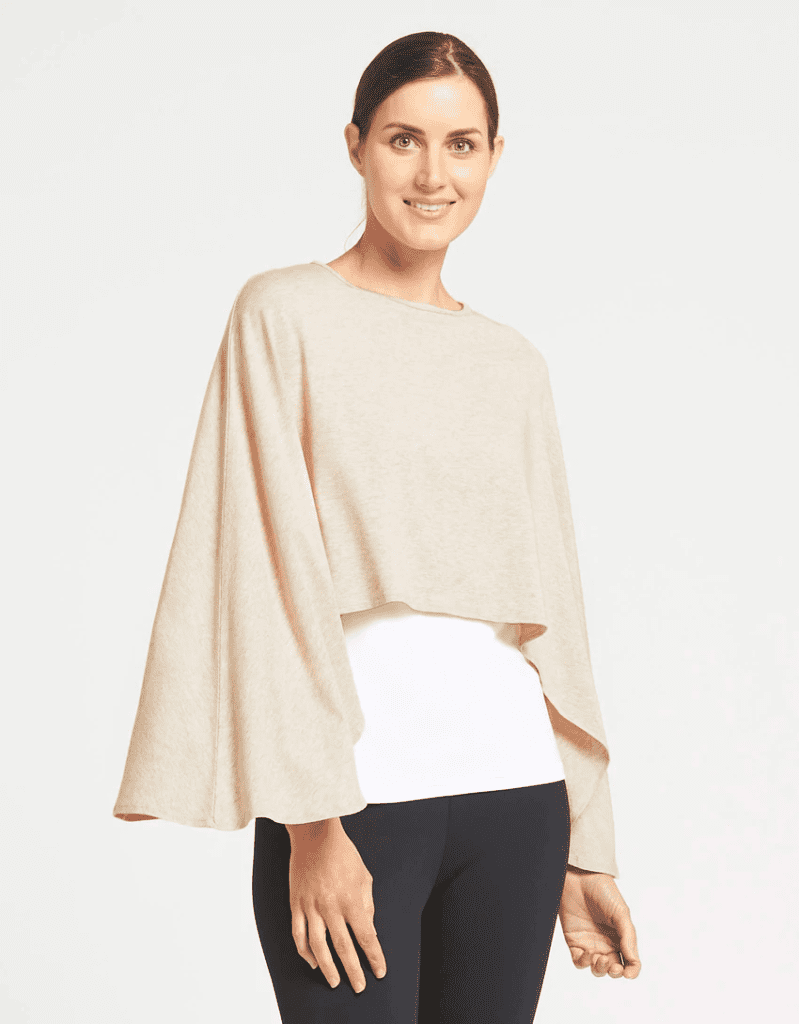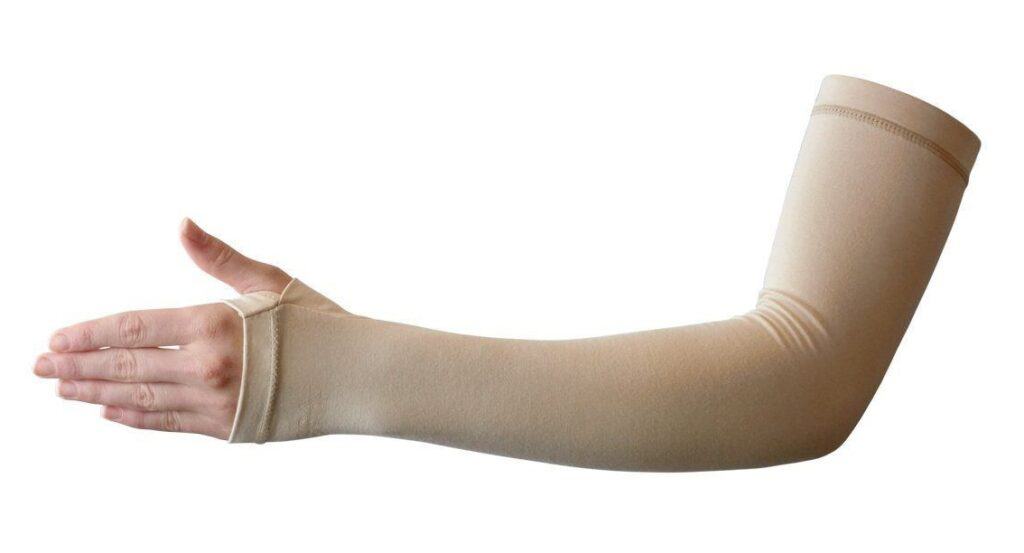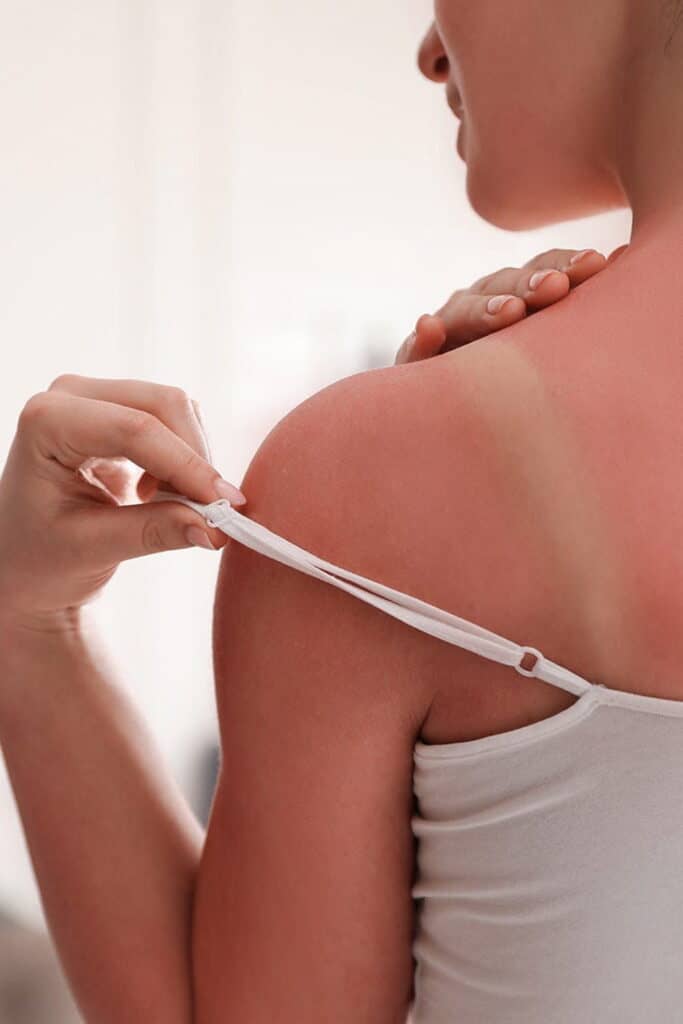We should spend a lot of time outside to get physically fit, feel natural, and feel fresh and mentally satisfied. But spending time outside is not easy as we might get skin diseases. Worry not! There are ways with which you can protect yourself from the harmful UV rays, and you can get all your required vitamin D from sun rays.
What Is UV Radiation?
Our most significant light source is the sun which is helpful for our daily chores, the light source best for health, and whatnot. The sun emits radiation that is known as Ultraviolet (UV) radiation. Other than natural rays, some artificial sources are also created to get the sun’s effectiveness.
Artificial sources of UV radiation include tanning beds, mercury vapor lighting, halogen, fluorescent, and incandescent lights, and some types of lasers.
UV radiation is subdivided into three types, based on their wavelengths:
- Ultraviolet A (UVA)
- Ultraviolet B (UVB)
- Ultraviolet C (UVC)
The radiations that reach the earth are UVA and UVB rays. These rays can affect health in various ways, but UVA rays penetrate deeper into the skin.
The benefit of UV radiation is the production of Vitamin D. This vitamin helps absorb calcium and phosphorus from food and assists bone development.
Are UV Rays Harmful to the Skin?
According to the World Health Organization (WHO), it is recommended to have sun exposure for 5-15 minutes 2-3 times a week. Overexposure to direct sunlight can be harmful to the skin. It can cause premature aging and many skin diseases involving skin cancer.
UV exposure can be detrimental to the eyes as well. It increases the risk of blinding eye disease.

How Do People Protect Themselves from UV Rays?
Two kinds of sunscreens are used to protect the skin from UV rays. The first is a physical or mineral sunscreen, and the second is chemical sunscreen. You can use either of them but check the label that says:
- Broad-spectrum
- Fragrance-free
- Noncomedogenic (doesn’t clog pores)
- Oil-free
- Paraben free
- SPF sunscreen with 30 or higher
Physical sunscreen can be used by people with sensitive skin and acne-prone skin as it prevents wrinkles, UV damage, brown spots, and photoaging. At the same time, chemical sunscreen takes longer to act on the skin as it absorbs fully on the skin. Both have turned out to be more effective so that you can use either.
The Difference between Physical and Chemical Sunscreens
Whatever sunscreen you wear, either physical or chemical, it should protect you from the harmful UV rays. The difference between the two sunscreens is well explained below:

Physical Sunscreen
A physical sunscreen sits on the top of the skin and reflects the UV rays. The active ingredients present in physical sunscreen are titanium dioxide and zinc oxide.
This sunscreen is less irritating and more moisturizing, but you will feel heavy on your face. It is better for sensitive skin.
It doesn’t fully absorb the skin, leaving a white cast on it. With the changing time, new brands have come up with matte and tinted versions that provide a smooth and even appearance. It is also known as mineral sunscreen.
Chemical Sunscreen
A chemical sunscreen absorbs into the skin first, and then upon exposure to the sun, it absorbs UV rays and converts the UV rays into heat, and releases them from the body. Avobenzone, octinoxate, and oxybenzone are the active ingredients present in the physical sunscreen.
Chemical sunscreen is the best option if you want a water-resistant formulation like while swimming or on a beach area. If you sweat a lot or are a sports freak, this is a go for such a person as it absorbs well into the skin though it can be a prior choice for many people.
Physical sunscreen is better to be used for sensitive skin. Because the ingredients present in chemical sunscreen can cause discoloration, itching, blistering, burning, and hormone disruption. At the same time, chemical sunscreen is quick and easy to apply to the skin and performs better according to the tests performed in the laboratory.
Sun Protective Products
Choosing the right product can prevent sun damage and skin disease. Is the sunscreen enough to protect you from direct sunlight? Here are answers for you:
Sun Protection Clothing
Sun protection clothing protects us from the harmful effects of UV rays by effectively isolating us from them. This fabric comes with the Ultraviolet Protection Factor (UPF) rating. This rating indicates how many UV rays can pass through this fabric to reach the skin and harm it. The higher the UPF rate is, the higher material can block the UV rays from passing.
- UPF 15 to 20 cannot fully protect you from rays
- UPF 25 to 35 is a good rating
- UPF 40 and above is the best sun protection clothing

Sun Protection Cap
Sun protection cap works best on summer days as it protects our nose, neck, head, and ears from UV rays. The best UV hat with the highest UPF rating, like UPF50+, can be an excellent choice. The brim length of the cap/ hat should be at least 7.5cm.

Sun Protection Sleeve
Sun protection sleeves are made of fabric with a UPF rating of 50+. Sun protection sleeves are mainly used for sports purposes. The material used to create a sun protection sleeve is ultra-lightweight and elastic. These sleeves are a blend of perfectly fit and breathable features. You can use these sleeves in summers to protect yourself from sunlight, and in winters, you can wear them on chilly mornings and evenings.

What Does the SPF Number Mean?
An SPF number indicates how much longer the sun radiation would take to redden your skin when wearing sunscreen. For example, if you are wearing sunscreen with SPF 30, it would take 30 times longer to burn compared to not wearing any sunscreen.
According to the study in the laboratory, a sunscreen with higher SPF provides:
- More protection and broad-spectrum coverage against sunburn.
- UVA damage.
- DNA damage is comparable to sunscreens with lower SPF.
But that is not the case in real life. Higher SPF sunscreen creates a false belief that they can stay longer in the sun if they wear high SPFs. They forget to reapply it and don’t follow the stated instructions. In this way, they end up putting themselves in more UV damage than usual.
Tips for Choosing Chemical Sunscreen Products
Picking up the right sunscreen is not easy as it seems. You need these six steps while making a purchase next time. These are as follows:
Read the Label before Choosing Your Sunscreen
Look for the label when you buy a sunscreen that says broad-spectrum with an SPF of 30. It means it will protect you from both UVA and UVB rays.
Learn the Pros and Cons of Mineral and Chemical Sunscreens
Choosing a mineral sunscreen over chemical sunscreen is not always the right decision as mineral sunscreen doesn’t fully absorb in the skin and leaves a chalkier look. In contrast, a chemical sunscreen absorbs well into the skin and prevents UV rays from penetrating through the sunscreen layer.
At the same time, mineral sunscreen is recommended more often as it provides more sun protection and contains fewer active ingredients and health concerns. So, know about both of them before you buy them.
Know the Difference between Oxybenzone and Avobenzone
Oxybenzone is an inexpensive active ingredient found in some sunscreens. It is commonly known as one of the irritating raw ingredients to work with compared to its alternative, avobenzone which is more skin-friendly and essential for getting broad-spectrum chemical sunscreen.
Why Broad-Spectrum Matters When Picking a Sunblock
Broad-spectrum helps the skin to stay protected from UVA and UVB rays. UVA rays can cause wrinkles, and UVB rays can cause sunburn and skin cancer.
Check for Your Sunscreen’s Water Resistance
Water-resistant sunscreen helps to protect skin in humid weather, summers, and on pool and beach days. It gives you better protection while sweating and wiping off your sweat on summer and humid days.
Keep the Vitamin D Factor in Mind
Generally, the doctor recommends sitting in sunlight for at least 10 minutes a day, but I would recommend you to put on sunscreen first before going out. Additionally, for vitamin D, you need to take some supplements and eat that food enriched in vitamin D, such as egg yolk, fatty fish, salmon, cheese, and beef liver.
How to Heal Sunburn Skin
If you happen to have sunburn, then you can try these home remedies and get a quick relief:

Cool the Skin
Cool your skin for at least 10 minutes a day three to four times with dampened clean towel in cool tap water. Let the skin redness and itching fade away first using this tip.
Apply a Moisturizer, Lotion, or Gel
Aloe vera gel and lotion provide quick relief on the sunburnt skin. Or you can use calamine lotion instead, but before applying any of them, just put the product in the refrigerator.
Drink Extra Water for a Day
Drinking extra water prevents dehydration, and it helps to nourish the skin deeply.
Treat Peeling Skin Gently
Sunburnt skin peels off after some days. While it starts to peel, remember to keep it moisturized.
Apply a Soothing Medicated Cream
For mild to moderate sun-damaged skin, try applying nonprescription 1% hydrocortisone cream to the burnt area three times a day for three days.
Protect Yourself from Further Sun Exposure
As your sunburn is healing, try avoiding sun exposure throughout the day. Apply a moisturizer or sunscreen inside the house on summer days.
Sun Protection Guide
Sun protection guide is essential as we all need to get out of the house daily. Here are some sun protection guides for you. Try them out and stay safe even outside the home. We cannot fight against nature, but we can manage things and protect ourselves from the harmful UV rays. Here are different ways through which people protect themselves from UV rays:
- During the peak hours of sunlight, stay in the shade.
- Wear full-length clothes that cover legs and arms nicely.
- Wear glasses that protect your eyes from UVA and UVB rays.
- Wear sunscreen before leaving home and reapply it after every 2 hours.
- Wear a hat or take an umbrella to shade your face, ears, neck, and head.
- Wear sunscreen with a Sun Protection Factor (SPF) of 15 or higher.
- Wear sunscreen with a broad spectrum. Apply sunscreen to the exposed body parts. Also, check its expiration date before applying sunscreen.
Conclusion
It is essential to wear sunscreen even on cloudy days because UVA rays are present throughout the year with the same intensity. I recommend avoiding indoor tanning because it is dangerous for youngsters as they can develop melanoma (the deadliest skin cancer caused by exposure to UV rays). Keep yourself safe by following these tips, and never forget to wear sunscreen daily as a skincare routine.

